Recent acquisitions: The organizational records of Reena
In 1973, a group of parents of developmentally disabled children founded Reena. At the time of its founding, Reena filled the need for specialized care that could function as an alternative to institutions, and today the organization continues to fill that need in the community.
Reena was founded during a period of radical change within the broader developmental care network, at a time when community-supported developmental services were still relatively new. The policy of deinstitutionalization that began in the 1960s moved developmentally disabled persons from residential institutions into community-supported programs and care services. Individuals started to advocate for their rights to participate in their communities. But within the Jewish community, no organization existed that offered Jewish community-based residential supports to developmentally disabled individuals in Toronto, until Reena. With their mission to “enable people with developmental disabilities to realize their full potential by forming lifelong partnerships with individuals and their families within a framework of Jewish culture and values,” Reena filled a crucial need, and has done so for the last 44 years.
Reena provides programming and support to almost 1,000 individuals and their families through day programs, outreach, supported employment, respite services, Judaic programs, and residential programs. With over half of the individuals supported by Reena over the age of 50, the organization is deeply involved in efforts to provide the necessary training and care for those aging with developmental disabilities.
Reena’s programming flourishes within its rich network of facilities. The Toby and Henry Battle Developmental Centre in Vaughn offers developmentally disabled children and adults day and evening programs, a wellness and health centre, sports centre, creative arts workshop, computer lab, greenhouse and library, all with activities tailored to the individual skills and interests of its members. In 2000, Reena opened its first home dedicated to seniors, followed by a second in 2007. 2012 saw the opening of the Reena Community Residence, an innovative new housing alternative for adults intended as a community into which residents truly integrate through facilities and programming.
Several Supported Employment Programs provide youth and adults access to employers, job coaching, and training, to acquire employment and to achieve career goals. Reena is also committed to community engagement, encouraging volunteer participation through direct service, administration, and special events.
The acquisition of Reena’s archival records took several months and involved multiple conversations with those responsible for their safekeeping. Not surprising for an organization governed by strict record-keeping rules, Reena’s records date back to their very founding. In total, more than 9 metres of documents and photographs have been selected and acquired by the OJA.
While some may think that the records of Reena pose a challenge around issues of privacy, the opposite is actually true. While the OJA is committed to safeguarding the privacy of the individual, the records of Reena at the OJA document the operations of the organization and not the clients themselves. Information on policies and procedures, programming and high-level decision-making such as those found in the meeting minutes provide important insight into how the organization approached issues around disability care, especially during its early pioneering days in the community.
The OJA is in many ways the perfect home for the records of Reena, an organization with a profound presence in the Toronto Jewish community for over forty years. Many members of the community that are documented in other collections at the OJA have maintained a close relationship with Reena through volunteer, fundraising, or paid work, and for decades Reena has been a notable participant in UJA’s annual Walk with Israel. The integration and acquisition of Reena’s records into the OJA collection is indeed a critical step toward preserving a more complete historical record of Ontario’s Jewish community.

![Jewish Labor Committee, [194-?]. Ontario Jewish Archives, Blankenstein Family Heritage Centre, fonds 10, item 29.](https://ontariojewisharchives.org/cms_uploads/images/F10_i29.jpg)
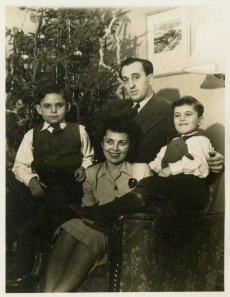
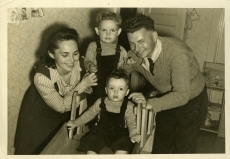
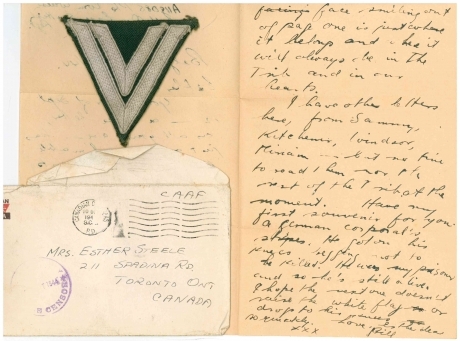
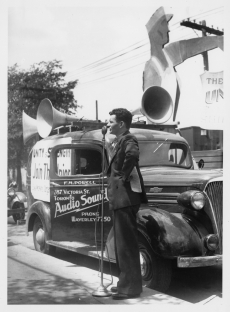
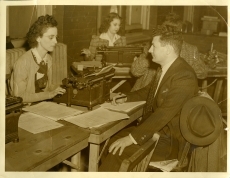
![Eli Bloch in South Africa during the Boer War, [1900?]. OJA, accession #2016-7/9.](https://ontariojewisharchives.org/cms_uploads/images/quotes/2016-7-8_005.jpg)
